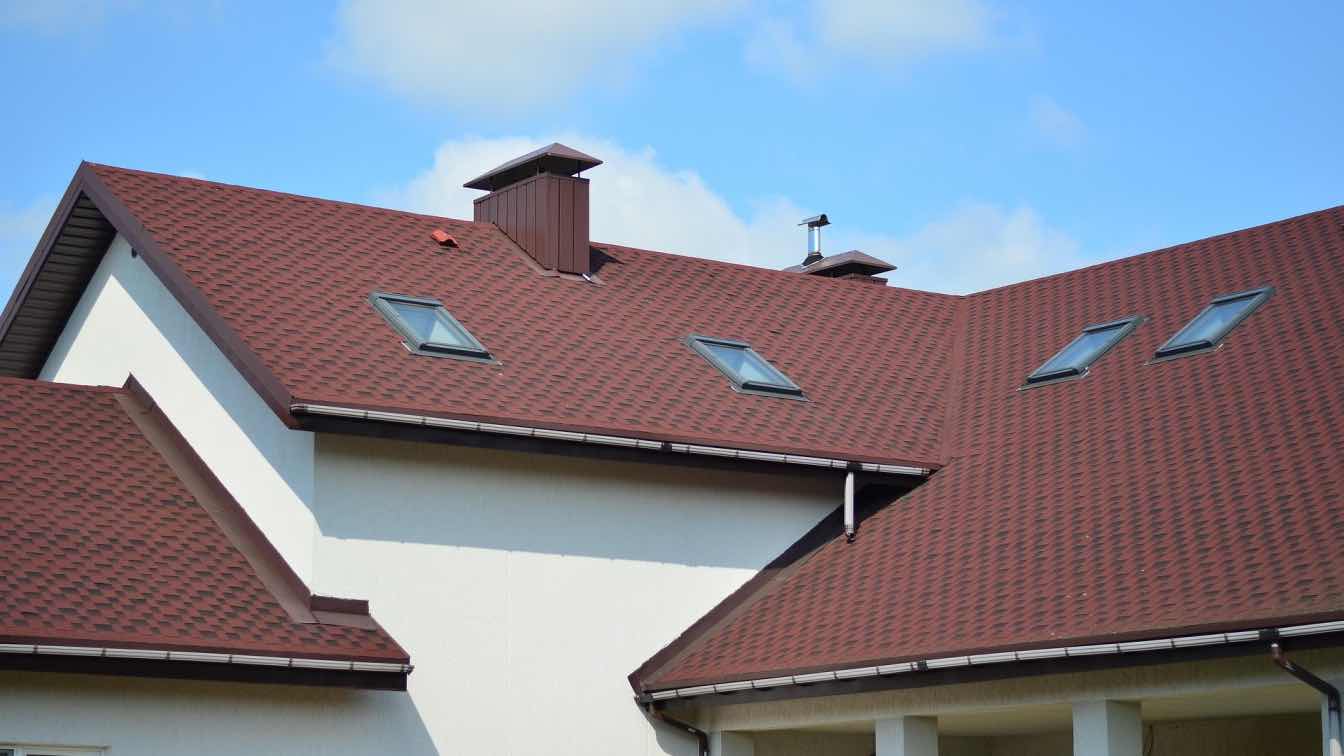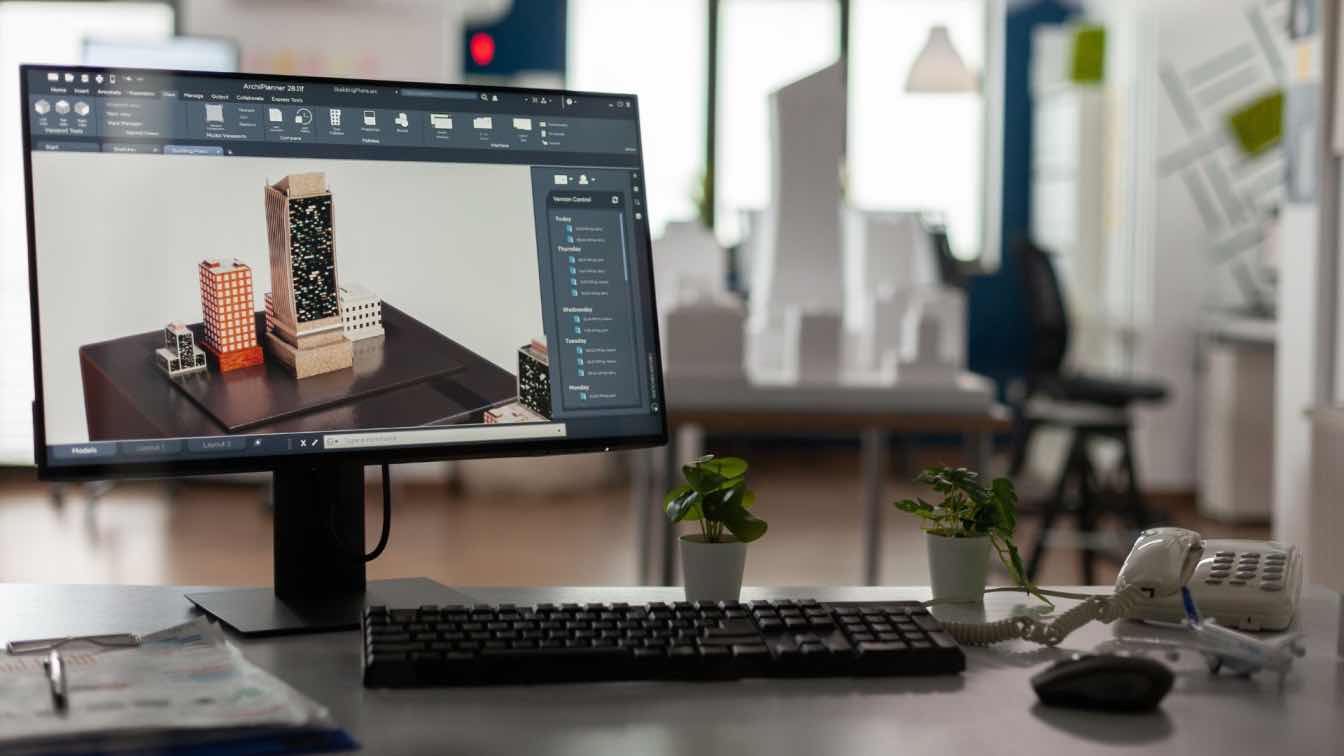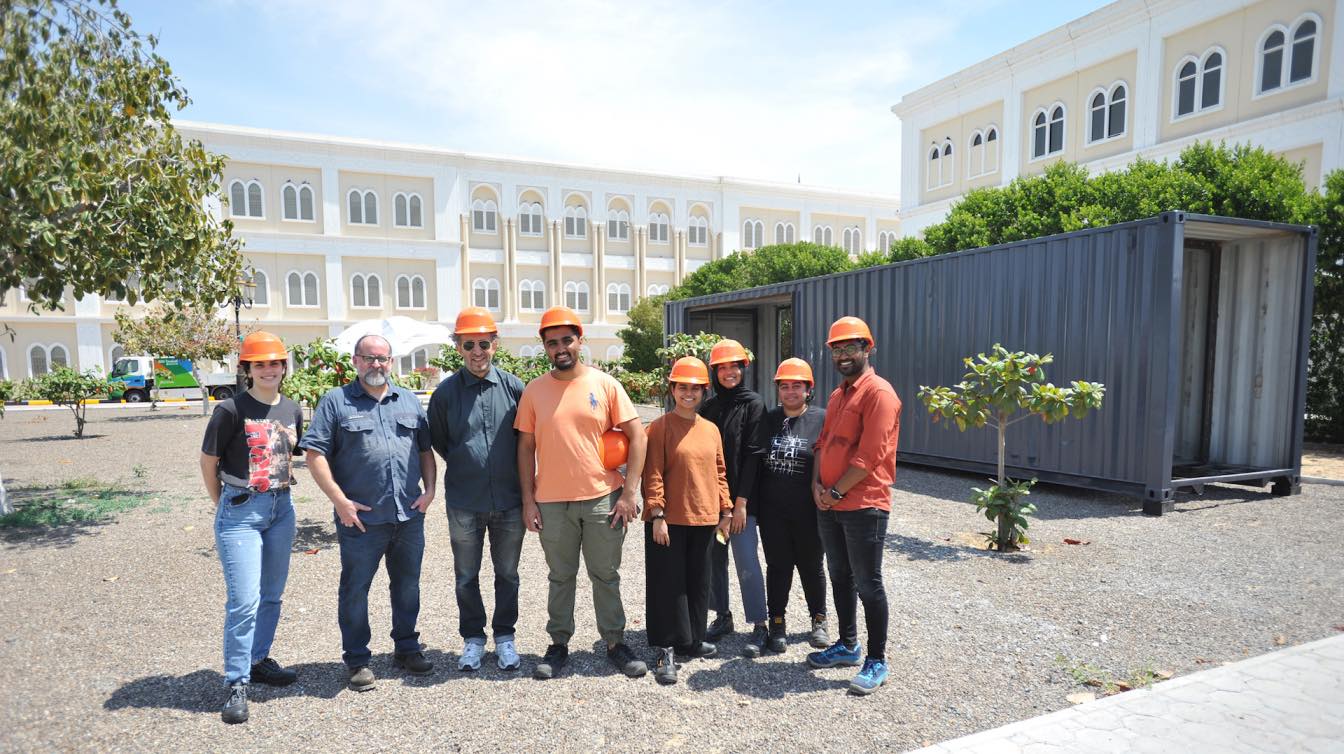Roofing protects the structure and its occupants from the elements. Yet, roofs are subject to wear and tear, and improper design or maintenance can lead to expensive repairs. To reduce the likelihood of damage and costly fixes, implement some effective design principles during initial construction and ongoing maintenance.
Read on to explore several useful design tips to minimize commercial roof repairs, focusing on material selection, drainage systems, insulation practices, and hiring qualified contractors for optimal results. Look no further!
Hiring Qualified Roofing Contractors
The right roofing contractor is an indicator of quality workmanship. When selecting roofers, research their qualifications, experience, and reputation in the industry. Look for contractors who are licensed and insured, as this demonstrates a commitment to professionalism and safety. Local business directories and reviews can offer insight into a contractor's track record and customer satisfaction. Those in the area should look into Louisville commercial roofers, known for their expertise in commercial roofing systems. Engaging experienced professionals means you are less likely to experience common issues that arise from improper installation or subpar materials.
When interviewing potential contractors, ask about their history with similar projects and request references to gauge their reliability. The right contractors should be willing to discuss your vision, provide detailed estimates, and guide you through the options available based on your budget and roofing needs.
Choose Durable Roofing Materials
For areas prone to harsh climates, durable roofing options come with long-lasting benefits. Metal, clay tile, or modified bitumen all resist damage from UV rays, heavy rain, and high winds can have lower maintenance needs compared to conventional roofing options. Roofs made from resilient materials can last much longer than those made from less reliable alternatives.
Never ignore the installation process for roofing longevity. Even the best materials can fail if not installed correctly, which results in premature damage and repair needs. Experienced contractors during the installation phase can improve durability. Building owners should prioritize manufacturers’ guidelines and industry standards when selecting both roofing materials and contractors.
Implement Smart Drainage Solutions
Drainage systems prevent water accumulation on roofs. Flat and low-slope roofs are susceptible to ponding water, so you can incorporate appropriate drainage solutions in their design. Installing well-placed gutters, downspouts, and drains can facilitate efficient water management, directing runoff away from the roof's surface. Regular maintenance of these systems can extend the roof’s lifespan and reduce repair frequency.
In regions where heavy snowfall is common, adding additional drainage systems can alleviate the weight and water buildup during the winter months. In hot climates, incorporating reflective surfaces and strategically placed skylights can further improve energy efficiency and reduce roof degradation related to heat exposure.
Optimize Insulation Practices
Proper insulation maximizes energy efficiency and prolongs the life of a commercial roof. Well-insulated roofs balance temperature variations and prevent excessive heat buildup in the summer or freezing conditions in the winter. These temperature fluctuations can lead to roofing materials expanding and contracting, causing cracks or damage. By investing in high-quality insulation, building owners can minimize these risks and reduce energy costs.
Proper insulation contributes to a more uniform internal temperature, improving occupant comfort and reducing HVAC wear and tear. Energy-efficient designs can result in cost savings on roofing repairs and energy expenditures. Most commercial roofs benefit from a combination of both thermal and acoustic insulation, which can improve energy performance and provide noise reduction.
Conduct Regular Roof Inspections
Regular roof inspections are the most effective strategy to prevent roof problems from escalating. Scheduling inspections at least twice a year identifies potential weaknesses and damage early. Inspections should encompass checking the integrity of flashing, verifying that drainage systems are functioning, and looking for signs of wear on roofing materials.
Establishing a routine for visual inspections can catch minor issues before they turn into substantial problems, which can save property owners large sums in repair costs. Building owners should employ certified roof inspectors for more comprehensive evaluations. Qualified professionals can provide insights and recommendations based on their extensive experience so that no critical areas are disregarded.
Make Use of Roof Coatings
Applying roof coatings can extend the life of a commercial roof and reduce maintenance and repair costs. These coatings provide a protective layer against environmental damage, such as UV radiation, extreme temperatures, and moisture. They can seal small leaks and cracks before they develop into larger issues, acting as a first line of defense against roof degradation.
Reflective roof coatings can improve energy efficiency and lower the cooling load on HVAC systems during hot months. Applying a coating can be a cost-effective solution for improving the performance and lifespan of your commercial roof. Coatings can be applied over existing roofs, unlike traditional removal and replacement methods. Building owners can secure their investment and minimize potential repair headaches.
Commercial property owners can reduce the frequency of roof repairs and extend the lifespan of their roofing systems. From selecting the right materials and contractors to optimizing insulation and drainage options, each choice contributes to a more robust and reliable roofing structure. Proactive maintenance measures guarantees that it continues to provide essential protection for years to come.





